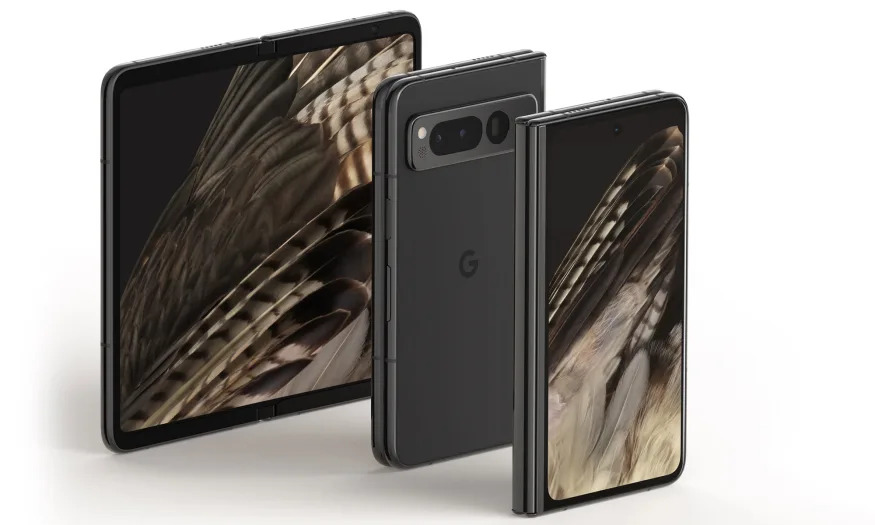
Ever since the release of the original Galaxy Fold back in 2019, Samsung has basically enjoyed a monopoly on big handsets with bendy screens. But with the imminent arrival of the Pixel Fold later this month, Google is hoping to break that stranglehold. That said, with Samsung having already released four generations of its flagship foldable, Google can't afford to simply iterate on a rival's design. In an interview ahead of the Pixel Fold's release, two of Google’s product managers (PM) — George Hwang and Andrea Zvinakis — sat down to shed some insight on why now, what the company is doing differently, and how its upcoming flexible phone will impact future devices.
The first thing I noticed during my hands-on was the Pixel Fold’s shape. Instead of having a long and skinny baton-like chassis similar to the Galaxy Z Fold 4, Google opted for a wider frame shaped more like a passport, which was an intentional decision by Google. Hwang, who is a PM on the Pixel Fold team told me that “when we talk about the Pixel Fold, we often talk about the outer display first.”
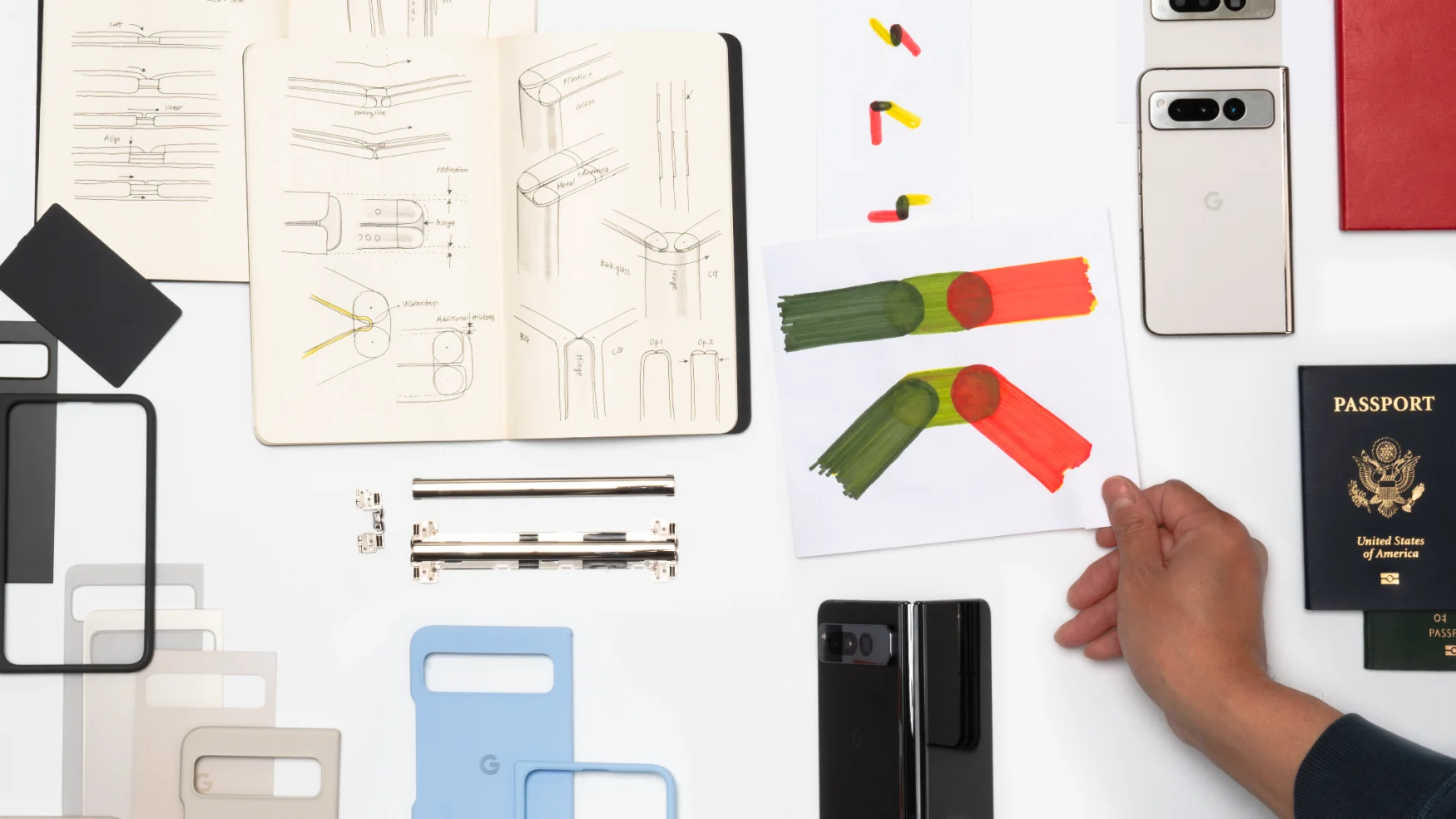
Hwang says the reason for this is that more than 50 percent of interactions people have with their phones are less than two minutes long — things like texting a friend, changing a song or simply setting an alarm. “Our focus on form factor was critical and quite intentional to make sure that we offered a usable exterior display, such that you could use the phone like you want to.”
While using the Pixel Fold’s outside display like you would a regular phone might sound kind of obvious, it was also a bit of a surprise. Typically, when people discuss foldables, much of the attention is reserved for that fancy flexible screen on the inside. But more importantly, that touches on a few of Google’s overarching design goals for the Pixel Fold: Being able to use it like a regular handset even when you’re only using it closed, allowing users to open the Fold to augment their experience and then making sure that even though it's a larger device, it’s still a feasible daily driver.

As for using that big interior display to enhance the device’s capabilities, it feels like much of the Pixel Fold’s potential lies in the marriage between hardware and software. As someone who works on Google’s Android platform team, Zvinakis highlighted the importance of continuity and posture for the Pixel Fold. “If we were just designing for tablets, you could just create one large screen, he said, "whereas for foldables you’re often unfolding to continue a session.”
When designing an app or UI for a foldable device, Google needs to consider things like buttons or other elements that may fall in the Pixel Fold’s crease. But it also means being able to open the device without losing your place, which often feels like an elusive goal. But when it works, it provides a sense of instant adaptability that you just can’t get from a traditional phone.
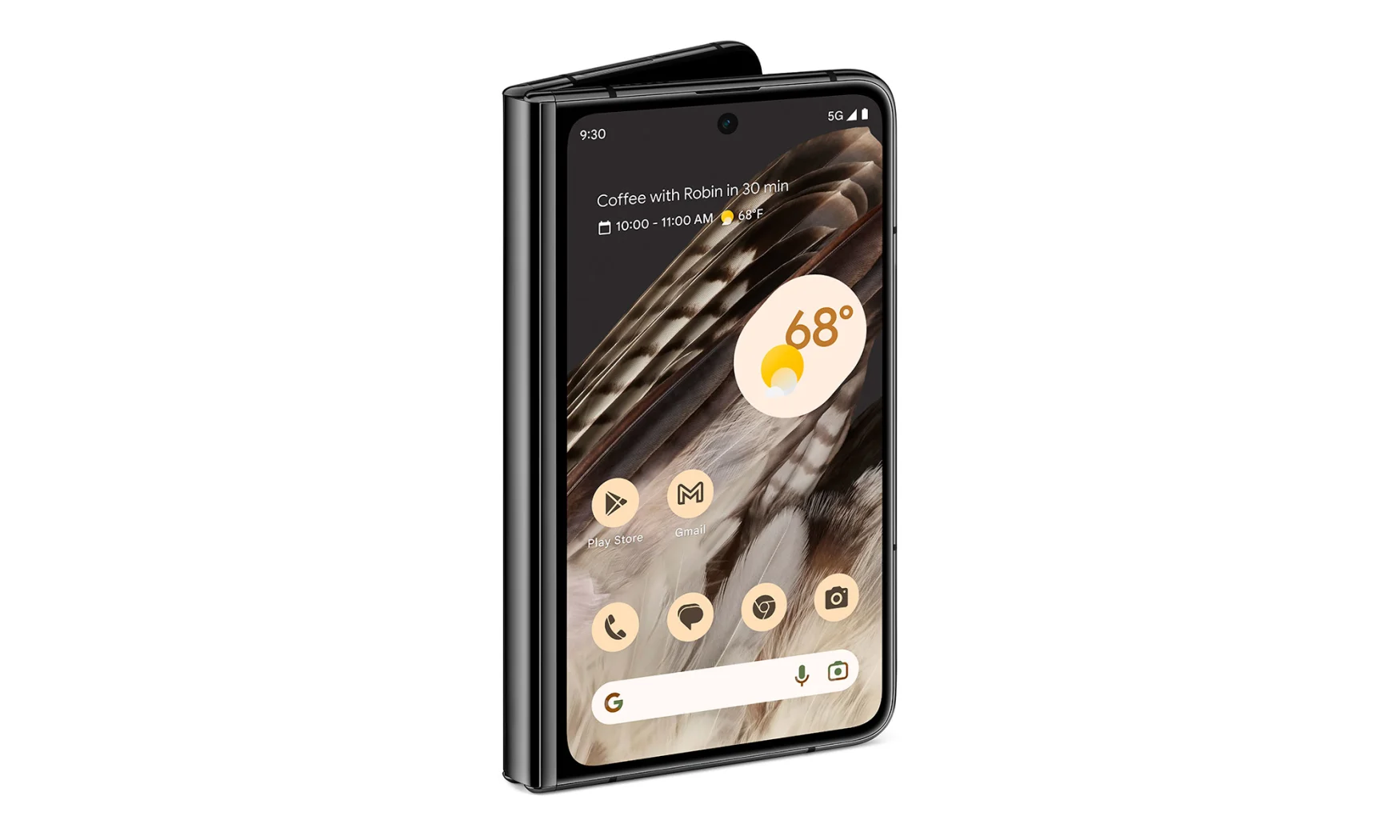
Continuity also impacts posture, which is the position of the phone’s screen from open to closed and every angle in between. Due to the Pixel Fold’s flexible design, not only does Google need to track how the device is oriented, it’s important to anticipate how components like the phone’s cameras and UI adjust and move and behave depending on its posture. “We want there to be a user benefit to unfolding the device rather than just seeing an expanded phone layout,” Zvinakis said. “That's why we created things like dual shade for notification that leverages both sides of the display.”
But what’s even more exciting is how Zvinakis says posture detection can unlock entirely new use cases like dual-screen interpreter mode on the Pixel Fold. This allows users to hold the phone in a position so that two people can see a different language get translated in real-time — each with their own display — which cuts down on the typical back and forth that happens when everyone has to share a single screen. And while we’ve seen some other novel uses of foldable phones like taking high-res selfies with the rear camera while using a phone’s exterior display, there are a growing number of functions available on foldable you simply can’t get when using a traditional glass brick.
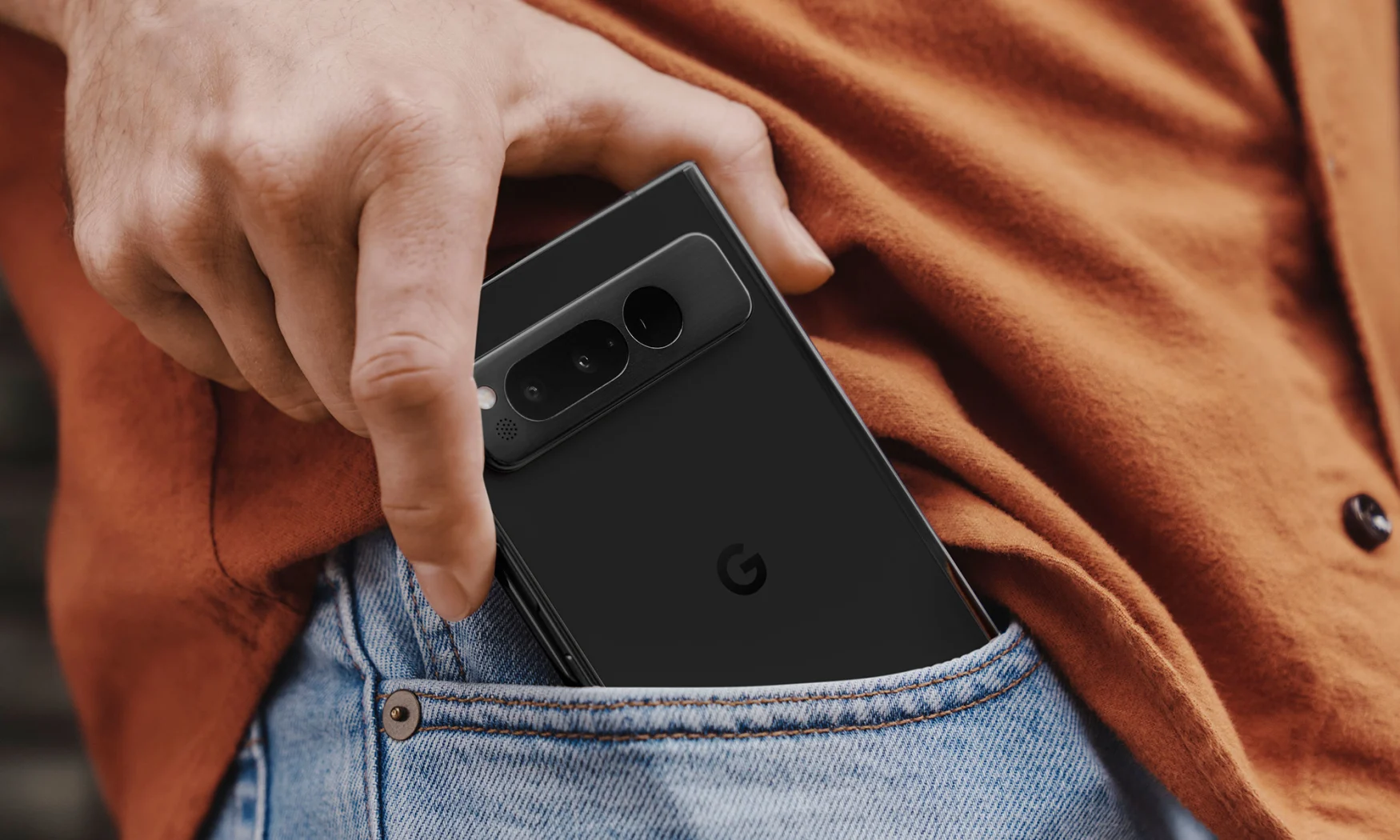
There are other elements that are needed for foldables to reach their true potential. Take, for example, the Fold’s taskbar, which needs to straddle the line between enabling short mobile interactions and more complex multitasking situations. “We launched a taskbar with Android 12L in March of last year and the first version was basically a pinned taskbar that you had to long press to hide and long press to show,” Zvinakis said. “But as we did more testing, users said they found that behavior a little clunky. So instead we refined it into a more transient taskbar where you can access it with a short swipe, drag any app into split-screen and then it automatically closes when you’re not using it.”
The big challenge is combining competing design elements, like the thinness of the device, while still supporting sophisticated components such as the phone’s 5x optical zoom. So to get over that hump, Hwang issued a challenge to the team to make a device that was more than just a collection of components: "If you don't want to use it every day, then it's not a device that we want to ship."
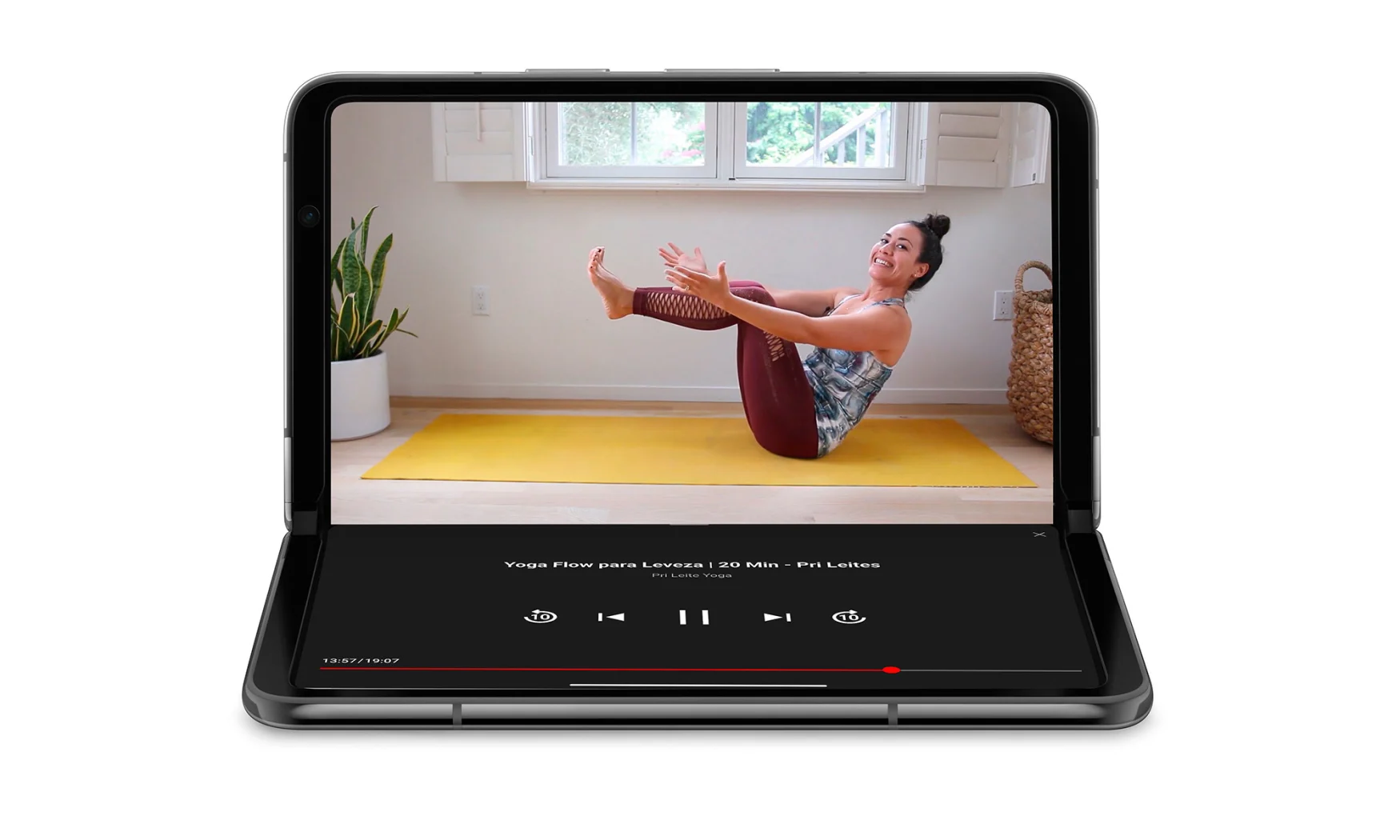
This was a somewhat unexpected revelation because, as someone who has owned multiple generations of the Galaxy Z Fold line, I thought the hinge issues had been solved after all the issues with the original model. “What you see in most foldables is that you'll have hinge mechanisms across the full length of the hinge at three to four different spots,” Hwang said. “But the thing is that now that you have hinge components in the middle of the device, that drives the thickness of what we call the stack and then you have the display on top.”
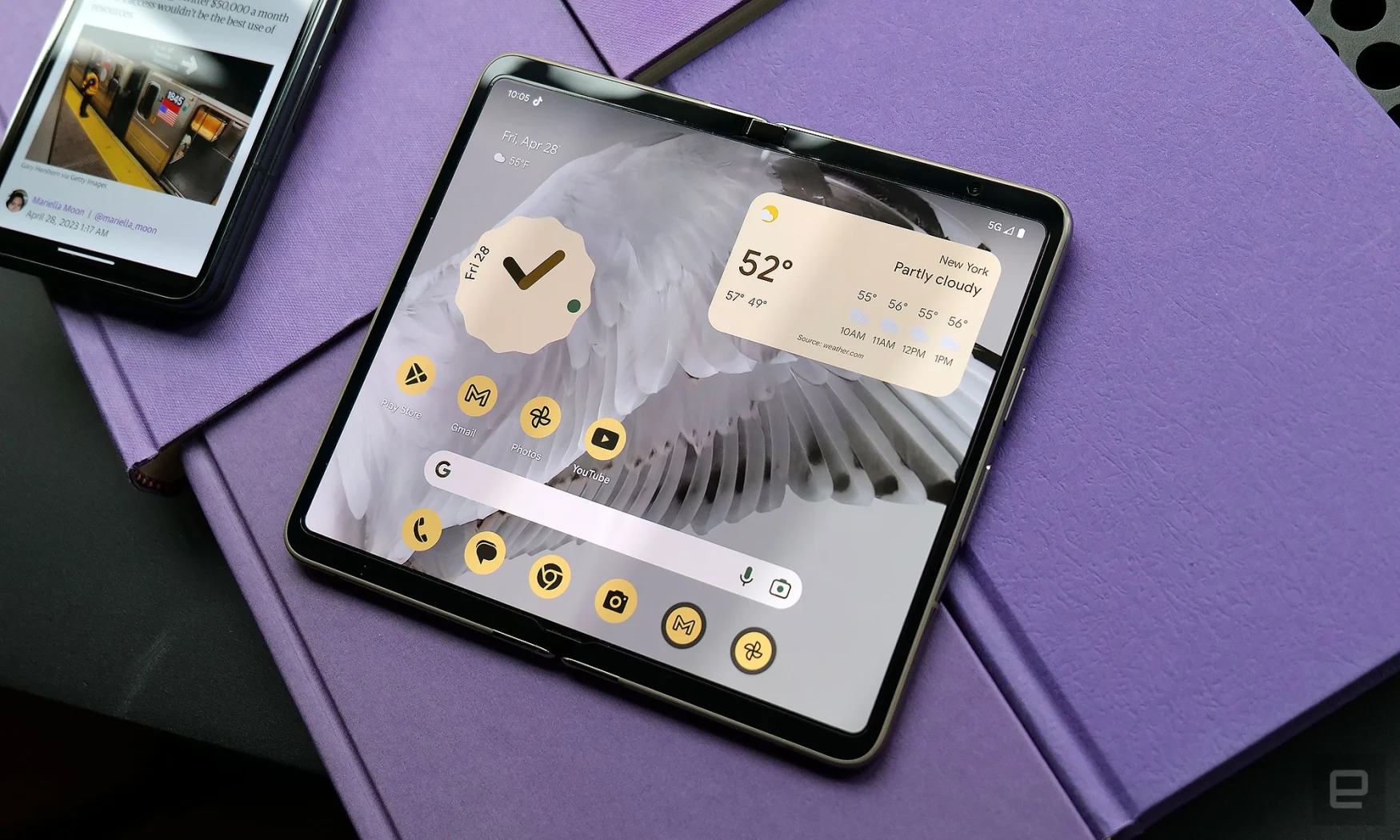
Steps forward like Pixel Fold’s hinge and thinness don’t come without trade-offs. But, while its bezels are somewhat larger than Samsung’s, to Hwang it’s worth it. “The bezel gave us the opportunity to have an unadulterated display without the need for an under-display camera, which we thought was really cool.” It also gave Google more leeway to improve the Pixel Fold’s general durability, which includes an IPX8 rating for water resistance. “Plus, there’s the ergonomics of it, with the larger display bezels offering a resting area for your hands,” she said

0 Commentaires